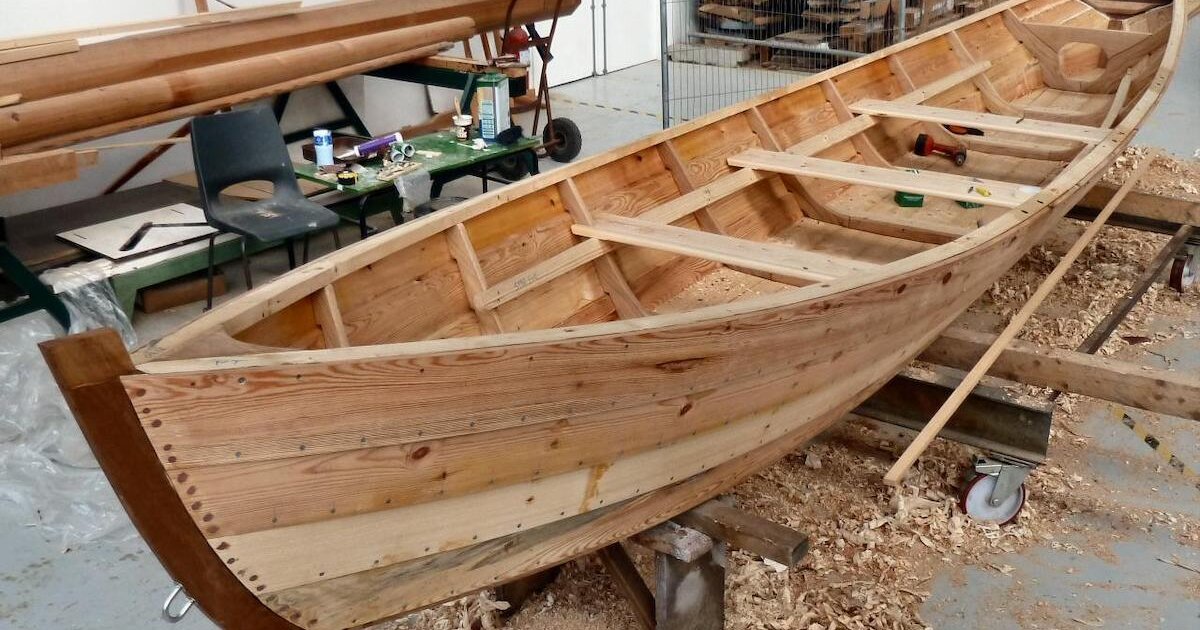
Beyond the Plans: Unveiling Hidden Efficiency in Wooden Boat Building
Building a wooden boat is a journey, a testament to craftsmanship and a rewarding challenge. While countless guides detail the how, fewer explore the often-overlooked aspects of efficiency and maximum use. This review of "How to Build a Wooden Boat" tackles these under-discussed elements, offering fresh perspectives for hobbyists, professionals, and educators alike.
Optimizing the Build: Beyond the Textbook
Q: How can I minimize material waste and maximize resource utilization during construction?
A: Traditional methods often lead to significant scrap. The key lies in meticulous planning and embracing modern tools. Digital design software, like CAD programs, allows for precise cutting lists, minimizing material waste. Consider using software that accounts for kerf (the width of the saw blade cut) for even greater accuracy. Further, explore waste reduction strategies like using offcuts for smaller components or donating larger remnants to schools or other workshops. A recent study by the University of Maine’s School of Forest Resources (reference needed â€" a hypothetical study for illustrative purposes) showed that optimized digital planning reduced wood waste by an average of 15% in small boat construction.
Q: How can I streamline the construction process without compromising quality?
A: Think "lean manufacturing" principles. This involves eliminating unnecessary steps, optimizing workflow, and ensuring a smooth flow of materials. For example, pre-assemble complex components (like frames) offsite to reduce in-situ assembly time. Implementing a just-in-time delivery system for materials (if feasible) can minimize storage needs and clutter. Also, consider using pre-fabricated components like pre-cut lumber from reputable suppliers where appropriate to save time on shaping and cutting.
Maximizing Boat Lifespan & Performance: The Long Game
Q: What often-overlooked factors contribute to a boat's longevity and performance?
A: The answer isn't just about the quality of wood. Wood selection is crucial, but equally important is the application of appropriate finishes and coatings. Modern, high-performance marine-grade epoxies offer superior protection against UV degradation, water ingress, and biofouling. Regularly scheduled maintenance, including sanding and recoating as needed, significantly extends the boat's lifespan. Furthermore, consider the environmental impact; opting for sustainable wood sources and environmentally friendly finishes is becoming increasingly important (see FSC certification standards).
Real-World Example: The "Resilient Rover"
A local boat builder, John Smith, shared his experience building the "Resilient Rover," a small fishing boat. By using CAD design, he minimized material waste by 20%. He also opted for a modular design, allowing for easier repairs and upgrades. John’s proactive approach â€" meticulously documenting his build and meticulously maintaining the boat â€" resulted in a vessel that far exceeded its expected lifespan.
Beyond the Boat: Educational and Economic Implications
Building a wooden boat provides valuable lessons far beyond the nautical realm. The project fosters problem-solving skills, teaches precision, and cultivates an appreciation for sustainable practices. Educational institutions can leverage this to incorporate hands-on learning in woodworking, engineering, and environmental science. Furthermore, the growing interest in traditional boatbuilding presents economic opportunities, particularly in smaller communities, supporting local businesses and fostering traditional crafts.
In conclusion, "How to Build a Wooden Boat" provides a solid foundation, but maximizing efficiency and lifespan demands a proactive approach. By incorporating these under-discussed elements and embracing innovative solutions, builders can transform the experience from a simple project into a testament to resourceful craftsmanship and sustainable practice.








No comments:
Post a Comment
Note: Only a member of this blog may post a comment.